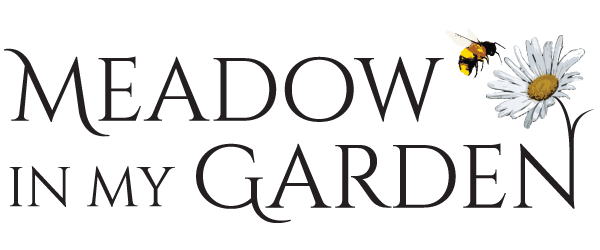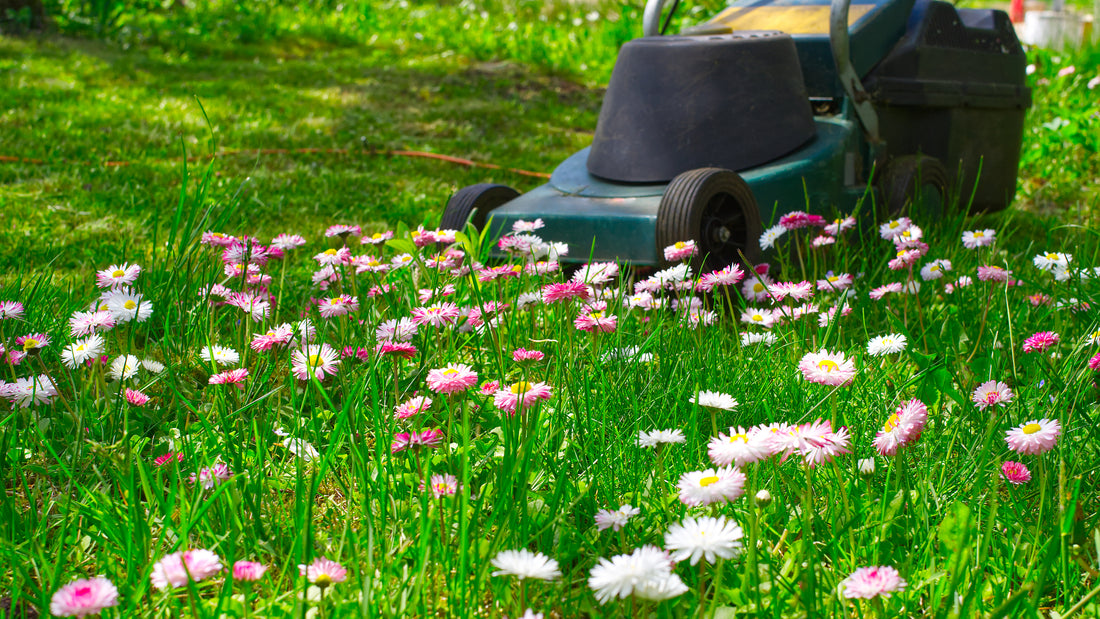
On Saturday 24th February, we were asked to give a talk on the subject of 'No Mow May' at the Devizes Seed Swap, an annual event held in St Andrew's Church in Long Street.
If you've been following our work, you will probably already be aware of #NowMowMay; Plantlife’s annual campaign calling on all garden owners and green space managers not to mow during May. All it takes is being prepared to take it easy for at least a few weeks, and leave the mower in the shed!
Plantlife's call to action is a gentle way to raise awareness about the steep declines in insect pollinator numbers, and the simple steps we can all take in our gardens (and beyond) to give them a break.
Here are some of the benefits;
- You will get to experience the beauty of spring flowers popping up in the lawn
- Bees will get an early season boost
- Less pollution (did you know using a petrol lawn mower for an hour is equivalent to driving over 200 miles, and a ride-on lawn mower produces the same amount of pollution in one hour of use as 34 cars?)
- Save time and energy
- Your lawn will be healthier and more resistant to drought

Did you know?
Dandelions are a natural lawn fertiliser
The term "lawn" dates back to at least the 16th century, but its origins can be found in grassed enclosures within early medieval settlements used for communal grazing of livestock.
The popularity of contemporary lawns comes from 18th century trends replicating the romantic aestheticism of grassy pastoralism from Italian landscape paintings. Across Europe the ruling class flaunted their wealth by merely surrounding themselves with lawns - a playground rather than a source of food. Open expanses of low grasses had always allowed those inside the castle to view those approaching.
Ransomes, Sims and Jefferies began lawnmower production as early as 1832, and a boom in the 1860's was seen with the increasing popularity of sports. Cricket was the first sport to be played on turf grass, with soccer, croquet, tennis and golf following soon after.
After WWII a surplus of synthetic nitrogen in the United States led to chemical firms such as DuPont and Monsanto seeking to expand the market for slow-release nitrogen fertilisers, and in the 1950's turf began to be studied in a scientific manner. Impacts of widespread 'Feed & Weed' chemical use were noticed as early as the 1960's, but suburban lawns as a source of pollution were largely ignored.
It is no wonder, with the rapid spread of suburban expansion, that demand for manicured lawns has become so culturally engrained - part of the desired household aesthetic. Powerful forces are at play - the lawnmower market is forecast to reach $48.6bn by 2030, with 'lawn & garden consumables' (including fertilisers and chemicals) adding an additional $22bn. The pressure for straight lines and domination has never been stronger, and the root of the problem is social pressure for a perfect green lawn!

...and don't get us started on the 'forever chemicals' in artificial grass!

See more on No Mow May https://www.naturechain.co.uk/no-mow-may

